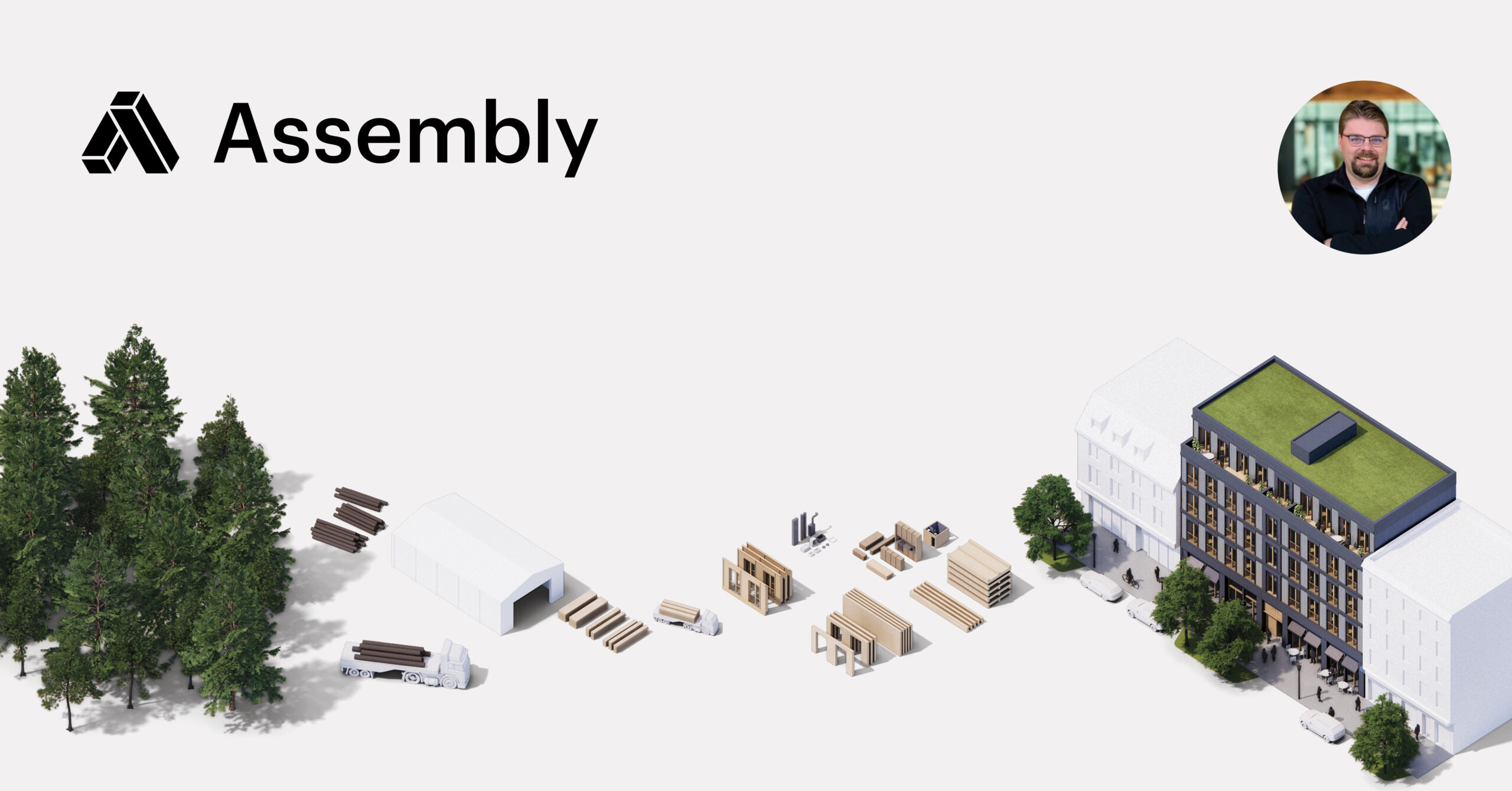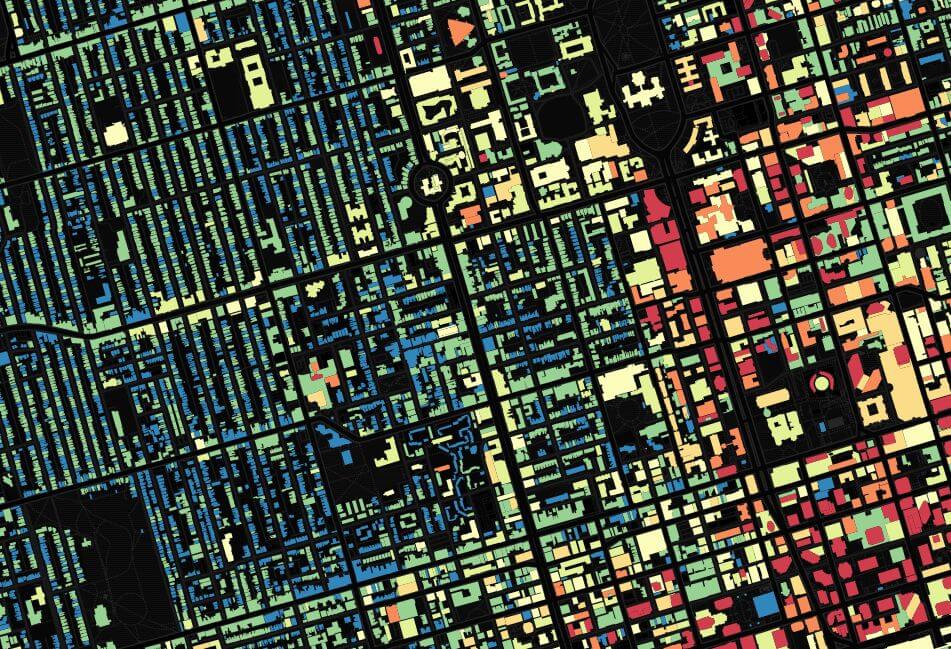Embodied Carbon and the Opportunity to Lead
Sustainability in the real estate industry is most often referred to when trying to improve the operational efficiency of buildings. Recently, reducing energy use and overall energy consumption has become a primary focus on the path towards more sustainable construction. However, operational emissions only account for a small percentage of the overall carbon emissions of the industry as a whole.
The carbon emissions attributed to the extraction, manufacturing, transport and the construction process are what is known as Embodied Carbon. Buildings and their construction account for 39% of global carbon emissions, 28% of which come from operations carbon, with the remaining 11% coming from building construction and material. 80% of the embodied carbon attributed from building materials comes from structural materials, making it increasingly important to select the most sustainable options. Shifting from concrete and steel construction to mass timber not only reduces the overall emissions of individual buildings, but the emissions of the real estate industry as a whole.
Why shift to wood construction?
The use of wood products in buildings provides an additional environmental benefit by storing carbon removed from the atmosphere. The ability to sequester or ’embed’ carbon and store it for long periods of time means wood buildings can act as major carbon sinks. The storage for carbon in wood products is a unique environmental attribute that is non existent with other building materials such as steel and concrete. Wood is 50% carbon by weight, meaning substituting wood for steel and concrete within the structural systems of buildings can reduce over fossil fuel use and cut greenhouse gas emissions by up to 60%.
The Case for replacing Steel and Concrete with Wood
Concrete as a construction material produces 0.5 tons of carbon for every ton extracted. Concrete also accounts for 7% of global greenhouse gas emissions and uses large amounts of fossil fuels and heat energy during the firing process. Steel creates 1.83 tones of emission for every ton produced and also accounts for 7% of global greenhouse gas emissions. Steel extraction and production also rely heavily on the burning of fossil fuels, while creating no environmental benefit after it has been extracted from the earth.
Mass timber however, is a safe, lower carbon alternative that has lasting environmental benefits. The production of mass timber uses forest waste to create prefabricated panels while offsetting emission produced by extraction through carbon sequestration and retention. For every ton of wood used in place of steel or concrete, 2.1 tons of carbon or 7.7 tons of CO2 equivalent are avoided.
4 Ways that Wood Products can Mitigate Climate Change:
- Forest pathways: Trees remove CO2 from the atmosphere and sequester it as carbon within plant tissues and in the soil.
- Avoidance Pathways: The production and manufacturing of wood products results in lower consumption of fossil fuels and emits less CO2 than comparable products such as steel and concrete leading to the overall reduction in emissions
- Energy Pathways : While burning wood for energy emits CO2, it also displaces the CO2 produced by the burning of fossil fuels. In a landfill, wood can also produce energy when it decomposes into landfill gas if this landfill gas is captured for energy. Regrowth of the forest can reabsorb some of the CO2 emitted in combustion.
- Storage Pathways : Carbon contained in wood products is stored throughout the product’s life. If the product is eventually landfilled, a portion of the carbon will remain stored and may continue to be stored for hundreds of years. Reusing wood products can extend the carbon storage without the potent methane emissions of landfill decomposition.












